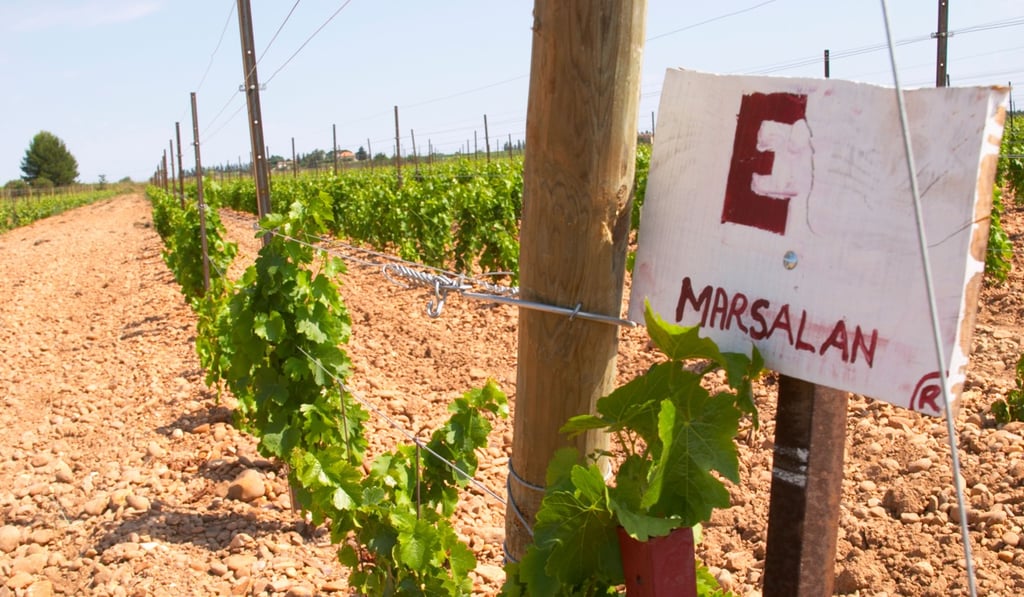Wine vs climate change: how global warming is affecting the grapes vineyards grow
- Warmer weather has already had an impact on the flavour profile of popular wines, such as New Zealand’s Marlborough sauvignon blanc
- From 2021, Bordeaux winemakers will be permitted to use ‘accessory grapes’ adapted to hotter, drier conditions

With the planet getting warmer, the wines we enjoy now may not be the ones we will drink in the future. Climate change is having a major effect on grapes. As sea levels rise, the salinity of soils in coastal wine-growing regions increases, which stresses the vines and raises the risk of a proliferation of pests and diseases.
Warmer temperatures are also a problem in regions that rely on winterfrosts to kill insect larvae in the soil and reduce the pest population in warmer weather.
In the short term, hot weather may be beneficial in some regions. But if it lasts too long, it leads to wines that are too sweet and high in alcohol. When red-wine grapes ripen too quickly, the wine’s complexity and quality are compromised because the sugar content, acidity and tannins are affected.
For example, we are familiar with the tart lime and gooseberry flavours of sauvignon blanc produced in New Zealand’s cool Marlborough region, but warmer weather has changed its profile to more mellow pineapple and lime juice.

To some extent, winemakers can adapt: by implementing controlled irrigation (permissible only in certain regions); by replanting vines in shallow soil to reduce water consumption (although this can weaken the vines at the roots); and by shading the grapes from the sun (which is expensive).
Currently, 12 grape varieties comprise almost 80 per cent of the market, and much research is being undertaken to find grapes better suited to hotter climates.
